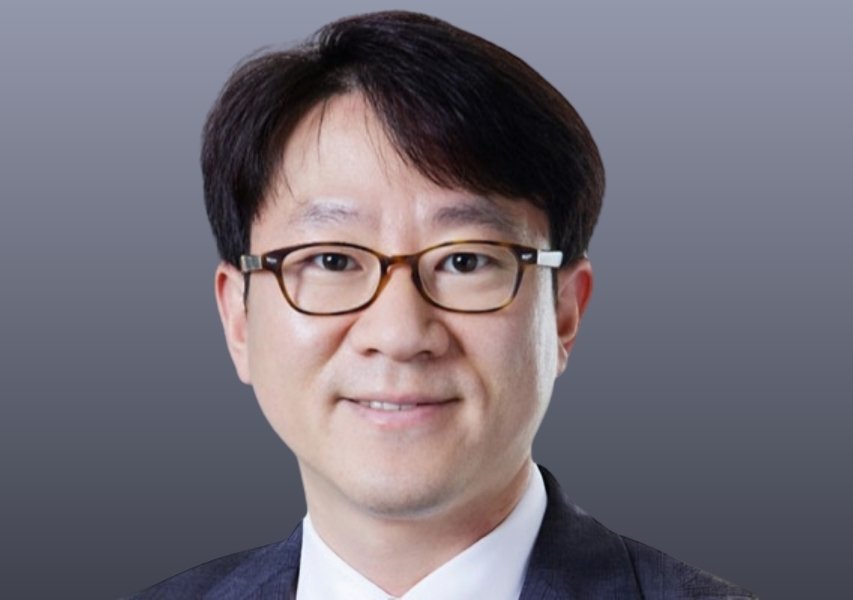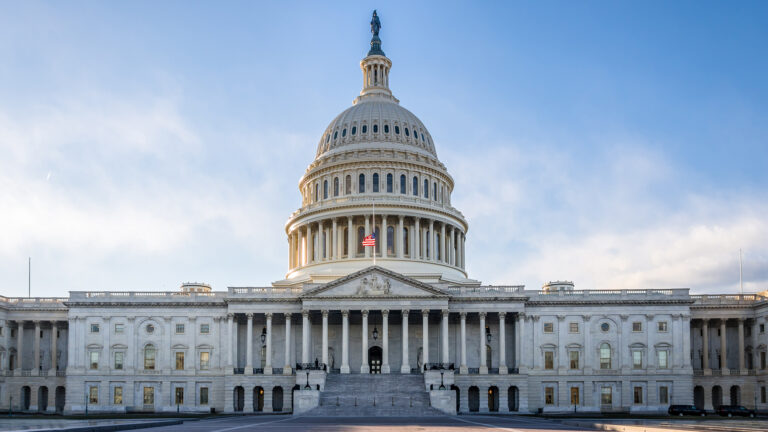Register for our 5th Annual Korea Investors Forum in Seoul on November 5th, 2025
Artificial intelligence is emerging as a key pillar of the $228B Korea Investment Corp. (KIC) portfolio.
The South Korea sovereign wealth fund is ramping up AI-related exposure both in public equities and its alternatives platforms. “Artificial Intelligence (AI) is expected to be one of the most transformative forces shaping the future,” said Hoon Lee, KIC’s chief investment officer, in an email interview with Markets Group.
“While AI investments remain appealing, the rapid escalation in valuations calls for a measured and thoughtful approach,” added the CIO.
In equities, the KIC’s AI exposure largely tracks the weightings of U.S. tech giants in the S&P 500, where the so-called “Magnificent Seven” now make up more than 30% of the index. In alternatives, the fund is actively expanding AI investments across private equity, real estate, and infrastructure.
Having basked in the glow of remarkable gains until 2021, the fund’s private equity strategy now finds itself in a reflective phase — adjusting its course as the momentum of the past subsides and the rhythm of distributions grows restrained. The KIC is now focused on structural growth themes, including AI, while also hunting for assets that can deliver stable cash flows. “Through this diversified approach, we aim to build a resilient private equity portfolio,” noted Lee.
Within real estate, the KIC is shifting away from legacy sectors like commercial and retail, while leaning into data centers, industrials, logistics, and residential assets. The goal is to both manage risk and position the portfolio for long-term secular growth. “We are monitoring exposure to traditional sectors … and increasing allocation to data centers,” said the CIO, citing structural tailwinds in digital infrastructure.
The KIC effectively diversifies risk through a well-balanced regional portfolio, remaining firmly grounded in economic fundamentals. On U.S. investments, the fund is closely monitoring macroeconomic risks but continues to find value in the U.S. market, given its depth and long-term growth potential.
“As long as the U.S. economy maintains stable growth, we expect to keep our investment exposure there. At the same time, KIC is actively seeking attractive opportunities in non-US regions to further enhance portfolio diversification.”
Currency risk, meanwhile, is managed through diversification rather than hedging. “We recognize that exchange rate fluctuations can have a significant short-term impact; however, their influence tends to be limited from a medium- to long-term perspective,” said Lee.
KIC is also preparing to adopt a broader total portfolio approach (TPA) in an attempt to improve its risk-adjusted performance and foster a more cohesive internal culture.
Since 2019, the sovereign wealth fund has included absolute returns in its performance evaluation framework to focus on asset allocation by optimizing policy portfolio in response to change in risk and return profile of asset classes, said Lee. That shift , he continued, laid the groundwork for adopting a TPA, which the fund believes is now necessary to actively manage a more complex and uncertain investment environment over the next five to 10 years.
To navigate market uncertainty, Lee believes a TPA is the most efficient way to break down internal silos and optimize efficiency.
He downplayed the common view that only the world’s largest funds can harness this strategy, pointing out size isn’t a barrier to implementation. “Differences in asset size should not materially affect the implementation of TPA strategies.”
In executing a TPA strategy, the key point is not the size of the fund but establishing an appropriate balance between “growth-oriented” and “stability-oriented” asset classes from a long-term perspective and enhancing the fund’s overall risk-adjusted return by incorporating newly promising asset classes.













